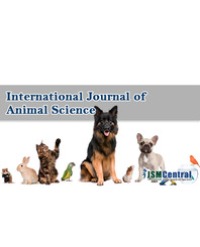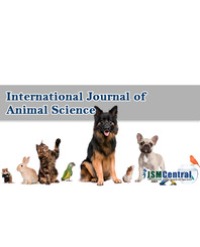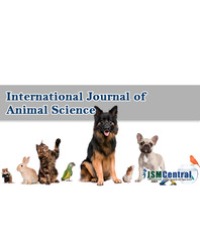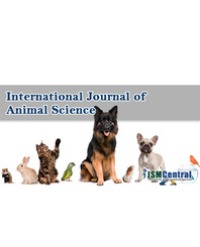
Syncytiovascular Membranes in the Octodon Degus Placental Barrier: Morphological Evidence
Previous data indicates that placentation in the caviomorph rodent O. degus is similar to that in humans, regarding the migration of the Extra Sub Placental-Trophoblast (EST) to the uterine arteries to be remodeling. The aim of this paper was to determine the ultra structural morphological organization of the degu´s placental barrier, as part of a wider effort to understand their reproductive biology.
Four pregnant female Degus at 86 days of gestation, and their placentas were processed for histological analysis at electron microscopy levels. Our results demonstrate that at the pregnancy term, the placental barrier shows zone with presence of syncytial knots (defined as clusters of syncytiotrophoblast nuclei) in the fine syncytium or syncytiotrophoblast, zone with apoptotic knots evidenced by the accumulation of fragmented nuclei or apoptotic bodies with condensed chromatin, and the presence of zones with Syncytiovascular membranes (alpha zone). These Syncytiovascular membranes facilitate the exchange of metabolites between mother and fetus, and are exclusively observed in thin placental barrier zones where the syncytiotrophoblast nuclei are excluded. The presence of these Syncytiovascular membranes allowed us to conclude that they were formed as a consequence of the deportation of apoptotic bodies to the maternal blood, such as occurs in chinchilla, other caviomorph rodent. On the other hand, in human placental barrier several investigators have found that the syncytial apoptotic cascade is complete when apoptotic nuclei are deported to the maternal blood circulation and subsequently removed in the mother´s lung. Therefore, we concluded that the degu and human placentas share a number of structural and functional characteristics and this fact allows us to consider the degu as a potential animal model for studies related to human placental pathologies.
Bosco Cleofina* and Díaz Eugenia




